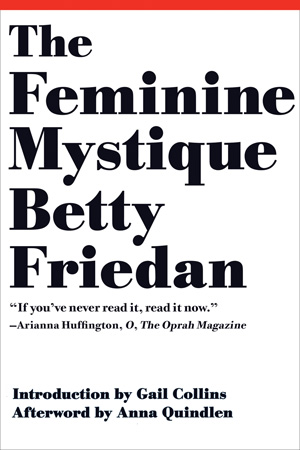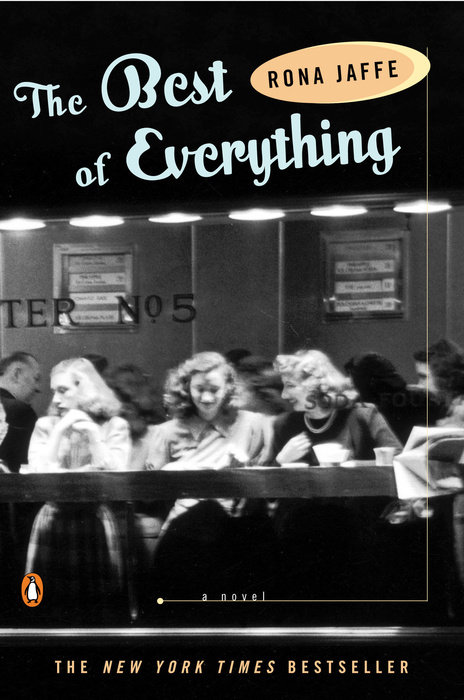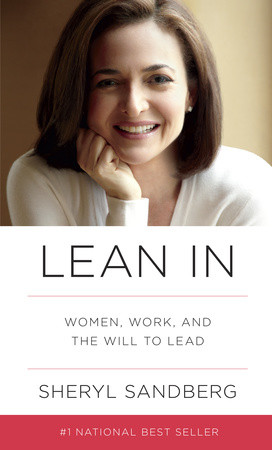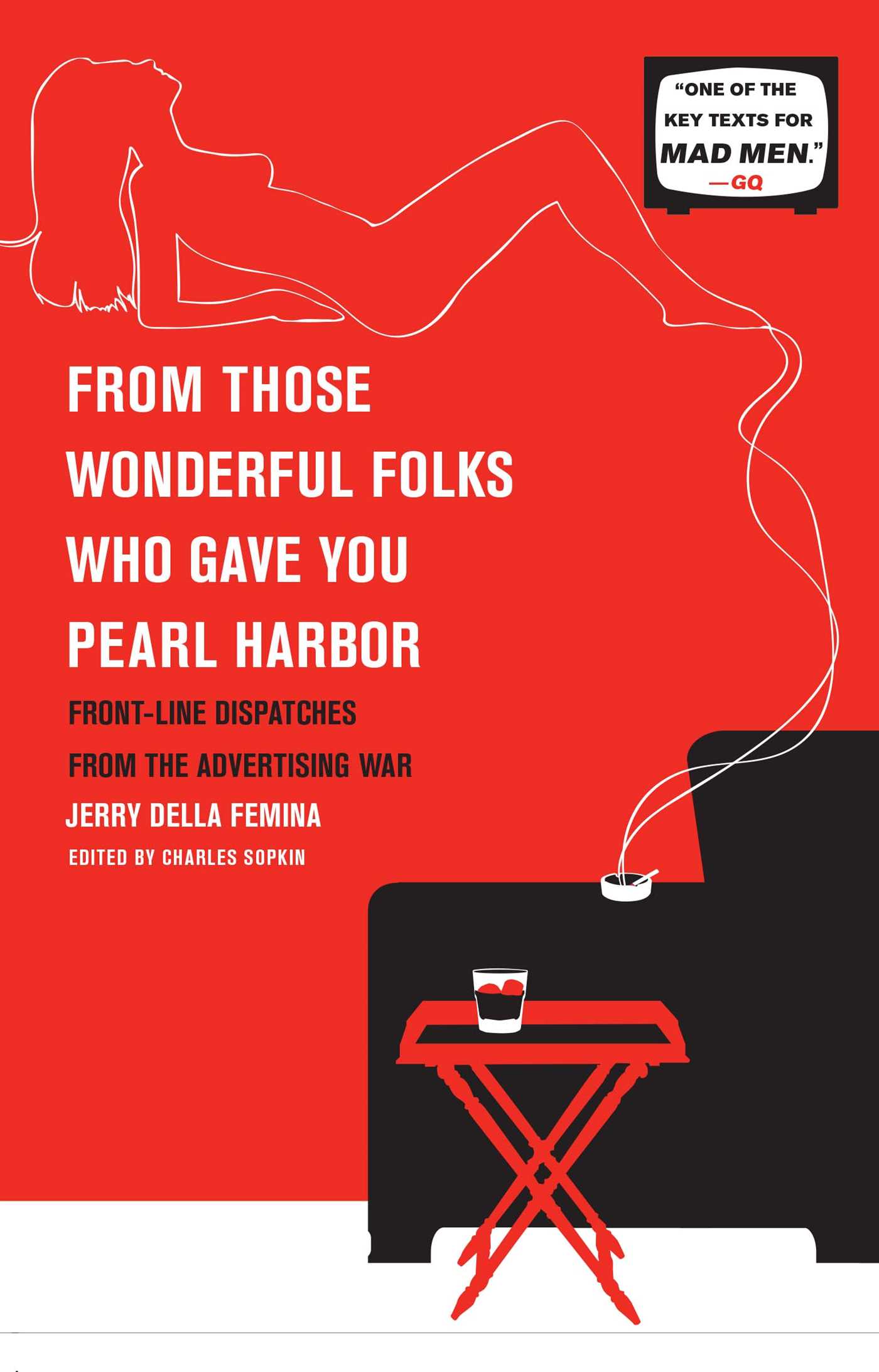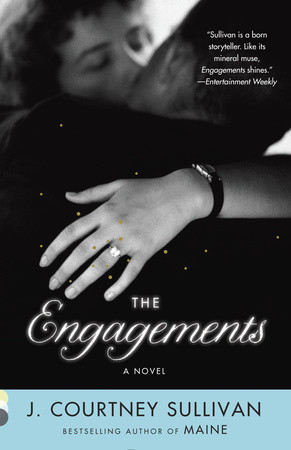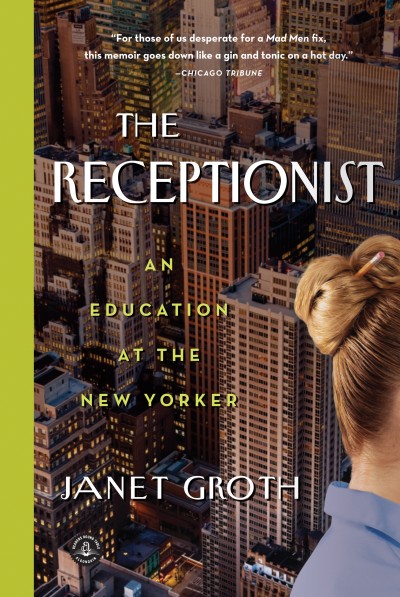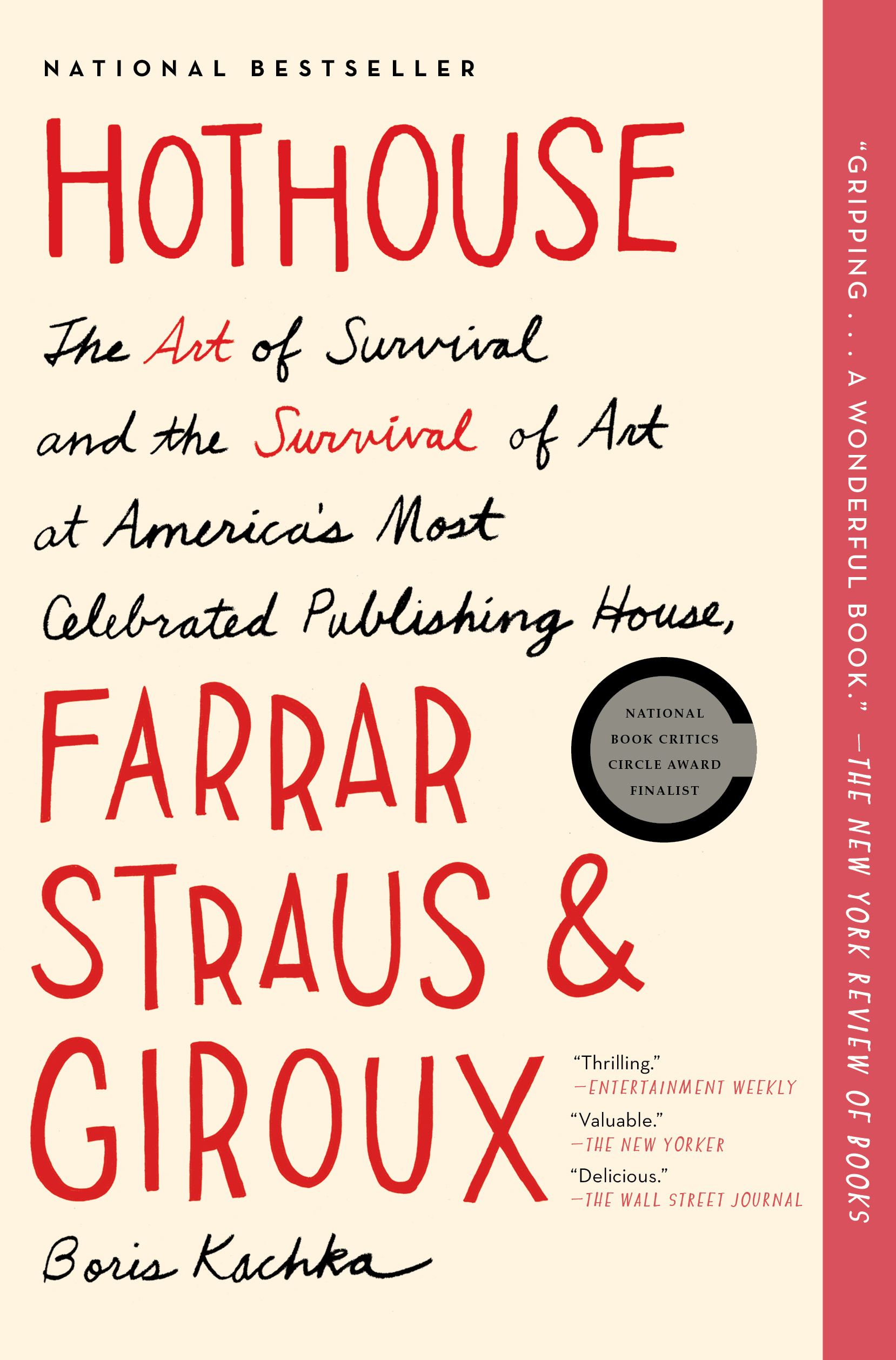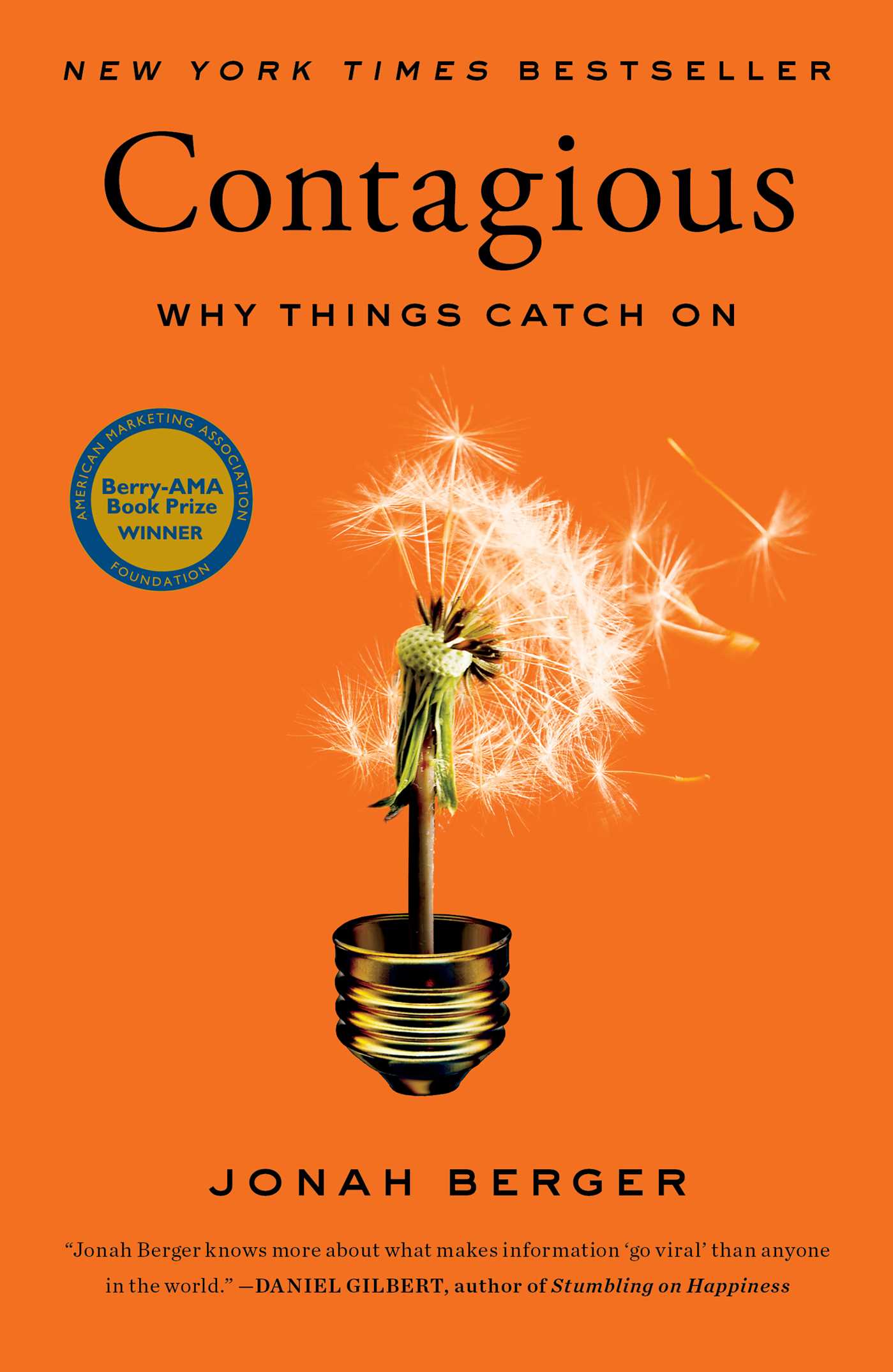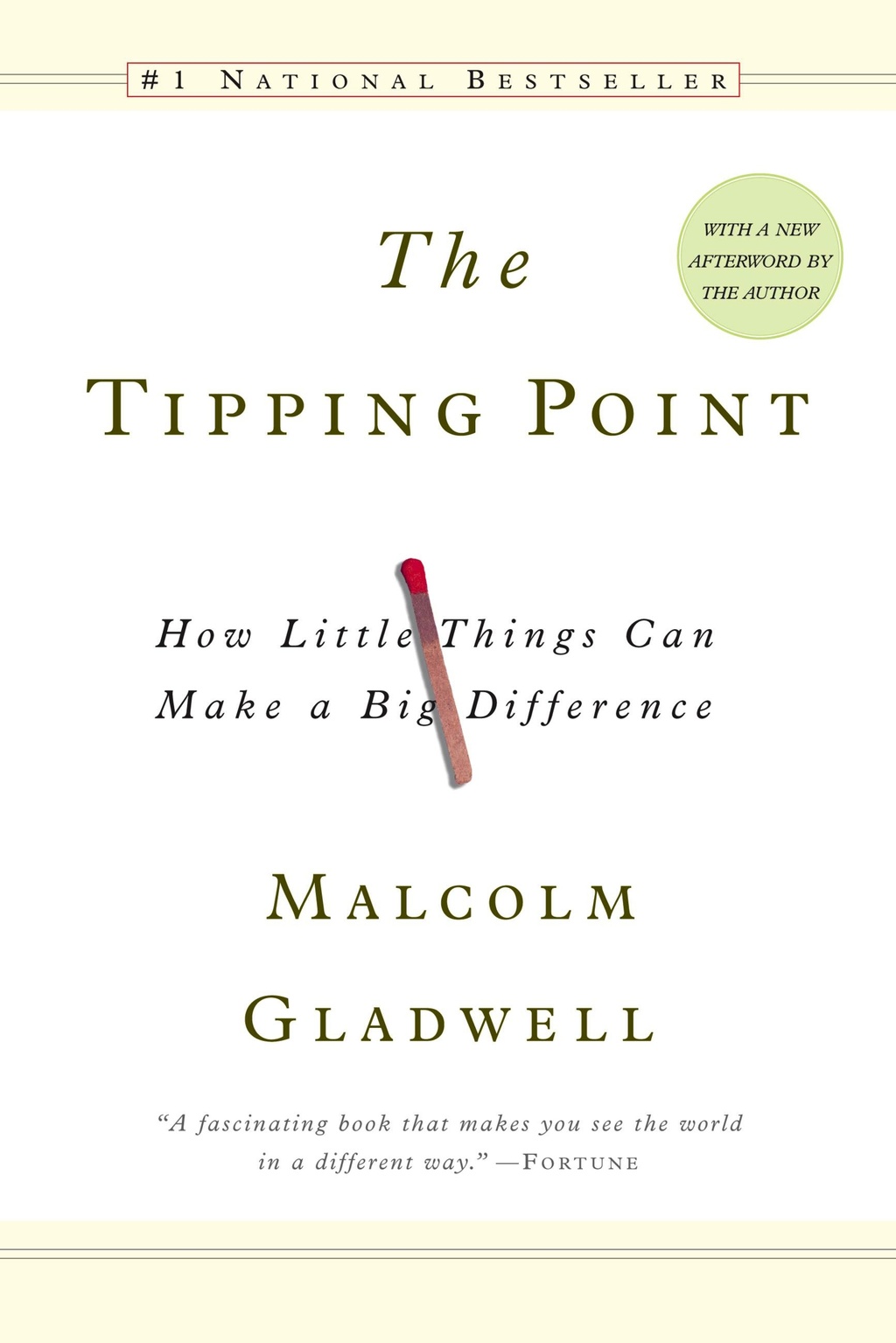It is with heavy hearts that we bid farewell to Mad Men. One of the early lights of television’s so-called Golden Age, Mad Men was unlike anything else when it premiered on AMC in 2007. Set in the slick world of New York City advertising and featuring stylish period costumes, it looked more like a big-budget Hollywood feature than cable TV. But what made Mad Men strike such a chord among viewers goes far beyond the show’s aesthetics. A deep and heartfelt exploration of America during the 1960s, a period of intense and rapid social change, Mad Men has tackled the themes of social mobility, suburban alienation, sexism, feminism, homophobia, and racism, issues that have gone on to define the last five decades. As we prepare to say goodbye to Don Draper, Peggy Olson, Roger Sterling, and Joan Holloway, here are the books to keep the conversation flowing once this iconic show has gone dark.
The Mad Men Book Club
An evocative portrayal of the opulent desolation of the American suburbs, Revolutionary Road is perhaps literature’s most penetrating portrait of the Mad Men era. The story of a couple who have lived on the assumption that greatness is only just around the corner, Richard Yates demonstrates with heartbreaking compassion and remorseless clarity how Frank and April betray not only each other, but their best selves.
An evocative portrayal of the opulent desolation of the American suburbs, Revolutionary Road is perhaps literature’s most penetrating portrait of the Mad Men era. The story of a couple who have lived on the assumption that greatness is only just around the corner, Richard Yates demonstrates with heartbreaking compassion and remorseless clarity how Frank and April betray not only each other, but their best selves.
Landmark, groundbreaking, classic—these adjectives barely do justice to the impact of The Feminine Mystique. Published in 1963, it gave a pitch-perfect description of “the problem that has no name,” the insidious beliefs and institutions that undermined women’s confidence in their intellectual capabilities and kept them in the home. No doubt Betty Draper needed to pick up a copy of this feminist manifesto.
Landmark, groundbreaking, classic—these adjectives barely do justice to the impact of The Feminine Mystique. Published in 1963, it gave a pitch-perfect description of “the problem that has no name,” the insidious beliefs and institutions that undermined women’s confidence in their intellectual capabilities and kept them in the home. No doubt Betty Draper needed to pick up a copy of this feminist manifesto.
MENTIONED IN:
The story of five young women employed at a New York publishing company, this classic electrified readers when it was first published in 1958. Following the women’s adventures with intelligence and sympathy, it remains touchingly true to the personal and professional struggles that women face.
The story of five young women employed at a New York publishing company, this classic electrified readers when it was first published in 1958. Following the women’s adventures with intelligence and sympathy, it remains touchingly true to the personal and professional struggles that women face.
Fifty years later: enter Sheryl Sandberg, COO of Facebook and one of Time’s 100 Most Influential People in the World. Ask most women whether they have the right to equality at work and the answer will be a resounding yes, but ask the same women whether they feel confident asking for a raise, a promotion, or equal pay, and some reticence creeps in. Sandberg examines what women can do to make the small changes in their lives that can have effects on a larger scale. We can easily imagine Peggy reading this feminist manifesto on her lunch break.
The hot dude reading LEAN IN is getting an inside view of how the other half lives in business. Sheryl Sandberg, chief operating officer of Facebook, examines why women’s progress in achieving corporate leadership roles has stalled, explains the root causes, and offers compelling, commonsense solutions that empower women to achieve their full potential.
Vividly reminiscent of the goings-on at Sterling Cooper—the late nights, the three-martini lunches, the sex on couches, and the actual work of plugging products—this is the story of what Madison Avenue was really like in the 1960s. A worldwide bestseller when first published in 1970, this memoir was penned by a real “Mad Man,” a fifty-year veteran of the ad industry who served as an adviser on the first season of the show.
Vividly reminiscent of the goings-on at Sterling Cooper—the late nights, the three-martini lunches, the sex on couches, and the actual work of plugging products—this is the story of what Madison Avenue was really like in the 1960s. A worldwide bestseller when first published in 1970, this memoir was penned by a real “Mad Man,” a fifty-year veteran of the ad industry who served as an adviser on the first season of the show.
MENTIONED IN:
A fascinating tell-all account from a female copywriter who succeeded in the primarily male environment of the 1960s New York advertising world, Mad Women answers the questions that fans of the show are dying to know. Wickedly funny and full of inside information, it also tackles the tough issues of the era, such as equal pay, rampant sexism, and the difficult choice many women faced between motherhood and their careers.
A fascinating tell-all account from a female copywriter who succeeded in the primarily male environment of the 1960s New York advertising world, Mad Women answers the questions that fans of the show are dying to know. Wickedly funny and full of inside information, it also tackles the tough issues of the era, such as equal pay, rampant sexism, and the difficult choice many women faced between motherhood and their careers.
MENTIONED IN:
Inspired by Frances Gerety, the famously unmarried, pioneering real-life ad woman who coined the famous slogan “A Diamond Is Forever,” this novel explores four complicated marriages that will test how true those words might be.
The Engagements is an exhilarating novel about Frances Gerety, the real pioneering ad woman who coined the famous slogan “A diamond is forever,” and four unique marriages that will test how true those words are.
When a young woman landed a job at The New Yorker in 1957, she spent the next twenty-one years at the reception desk. In addition to taking messages, she ran interference for jealous wives checking on adulterous husbands, drank with famous writers throughout bohemian Greenwich Village, and was seduced, two-timed, and proposed to by a few of the magazine’s eccentric luminaries. If you’ve ever wondered what could have happened had Peggy remained working at Don’s desk, pick up this memoir.
When a young woman landed a job at The New Yorker in 1957, she spent the next twenty-one years at the reception desk. In addition to taking messages, she ran interference for jealous wives checking on adulterous husbands, drank with famous writers throughout bohemian Greenwich Village, and was seduced, two-timed, and proposed to by a few of the magazine’s eccentric luminaries. If you’ve ever wondered what could have happened had Peggy remained working at Don’s desk, pick up this memoir.
MENTIONED IN:
A cultural institution whose importance is equal to that of The New York Times and The New Yorker, Farrar, Straus & Giroux is arguably the most influential publishing house of the modern era. Home to twenty-five Nobel Prize winners and generation-defining authors like Tom Wolfe, Joan Didion, Philip Roth, and Jonathan Franzen, its untold story is as engrossing as many of the great novels it has published.
A cultural institution whose importance is equal to that of The New York Times and The New Yorker, Farrar, Straus & Giroux is arguably the most influential publishing house of the modern era. Home to twenty-five Nobel Prize winners and generation-defining authors like Tom Wolfe, Joan Didion, Philip Roth, and Jonathan Franzen, its untold story is as engrossing as many of the great novels it has published.
MENTIONED IN:
What makes things popular? Why do people talk about certain products and ideas more than others? What makes online content go viral? Word of mouth. Whether you’re a Fortune 500 CEO or a small business owner trying to boost awareness, Contagious will show you how to get people talking.
What makes things popular? Why do people talk about certain products and ideas more than others? What makes online content go viral? Word of mouth. Whether you’re a Fortune 500 CEO or a small business owner trying to boost awareness, Contagious will show you how to get people talking.
MENTIONED IN:
That magic moment when an idea, trend, or social behavior crosses a threshold, tips, and spreads like wildfire, The Tipping Point has already changed the way people throughout the world think about selling products and disseminating ideas.
That magic moment when an idea, trend, or social behavior crosses a threshold, tips, and spreads like wildfire, The Tipping Point has already changed the way people throughout the world think about selling products and disseminating ideas.
MENTIONED IN:
Originally published in 1962, Sex and the Single Girl is still provocative after all these years. An advice book that celebrated the pleasures of flirting, dating (and ditching) married men, throwing brunches and dinner parties, and gaining financial independence, all with or without marriage. Written by Helen Gurley Brown, the legendary editor-in-chief of Cosmopolitan, it's basically a guide on how to be Joan.
Originally published in 1962, Sex and the Single Girl is still provocative after all these years. An advice book that celebrated the pleasures of flirting, dating (and ditching) married men, throwing brunches and dinner parties, and gaining financial independence, all with or without marriage. Written by Helen Gurley Brown, the legendary editor-in-chief of Cosmopolitan, it's basically a guide on how to be Joan.
MENTIONED IN:








